Organized by the RMIT Vietnam Student Training and Experience Unit, the event attracted hundreds of delegates from across Southeast Asia and other countries, including speakers from the University of Technology Sydney and RMIT University in Australia. The central question throughout the workshop was how educational innovation can truly improve the student learning experience.
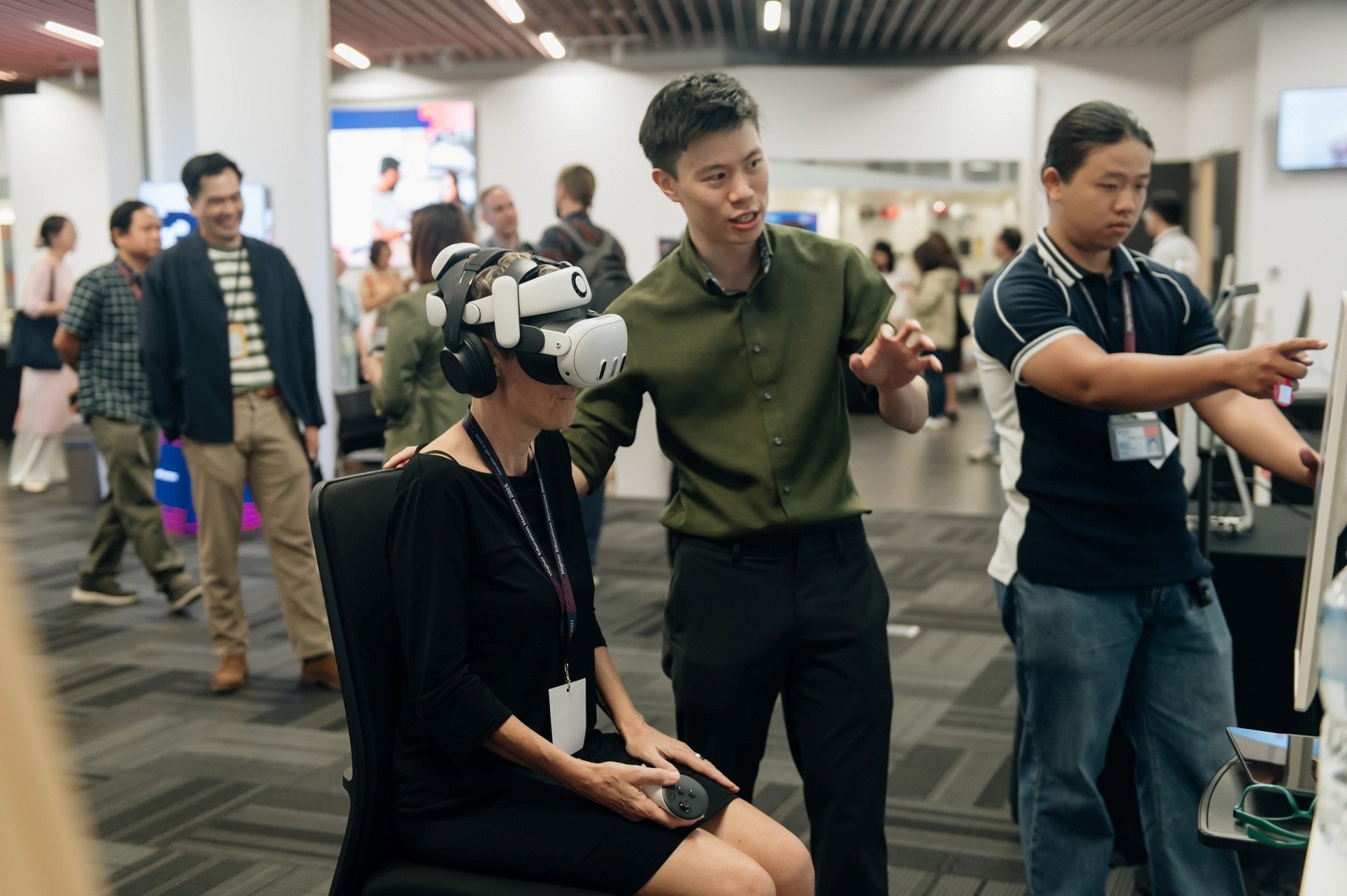
The event showcased a range of interconnected approaches, from learning design and accessibility to emerging technologies and business collaboration, all aimed at enhancing student learning outcomes. Attendees experienced real-world projects, prototypes in development, and proven strategies that are transforming classrooms across the region.
Integrating Gen AI into targeted education.
The keynote speech by Associate Professor Amanda White from the University of Technology Sydney (UTS) was one of the highlights of the conference. An influential educator and recipient of a national award for university teaching in Australia, Associate Professor White delivered a compelling presentation on the strategic integration of generative AI into higher education.
"Gen AI is a powerful tool, but like a smartwatch, it should be used strategically, not indiscriminately. We need to think about where it's appropriate to integrate Gen AI into the education system," she said.
Associate Professor White urged educators to guide students to use AI as a supporting tool rather than becoming dependent on it. She quoted Professor Angela Duckworth, author of "Grit: The Key to Success," in her address to the graduating class of 2025 at the University of Pennsylvania Graduate School of Education (Penn GSE): "I worry that students will use AI like a crutch. I worry that because the human brain is like a muscle group, students need to use it to keep it strong and developed; if they don't use it, it will gradually diminish."
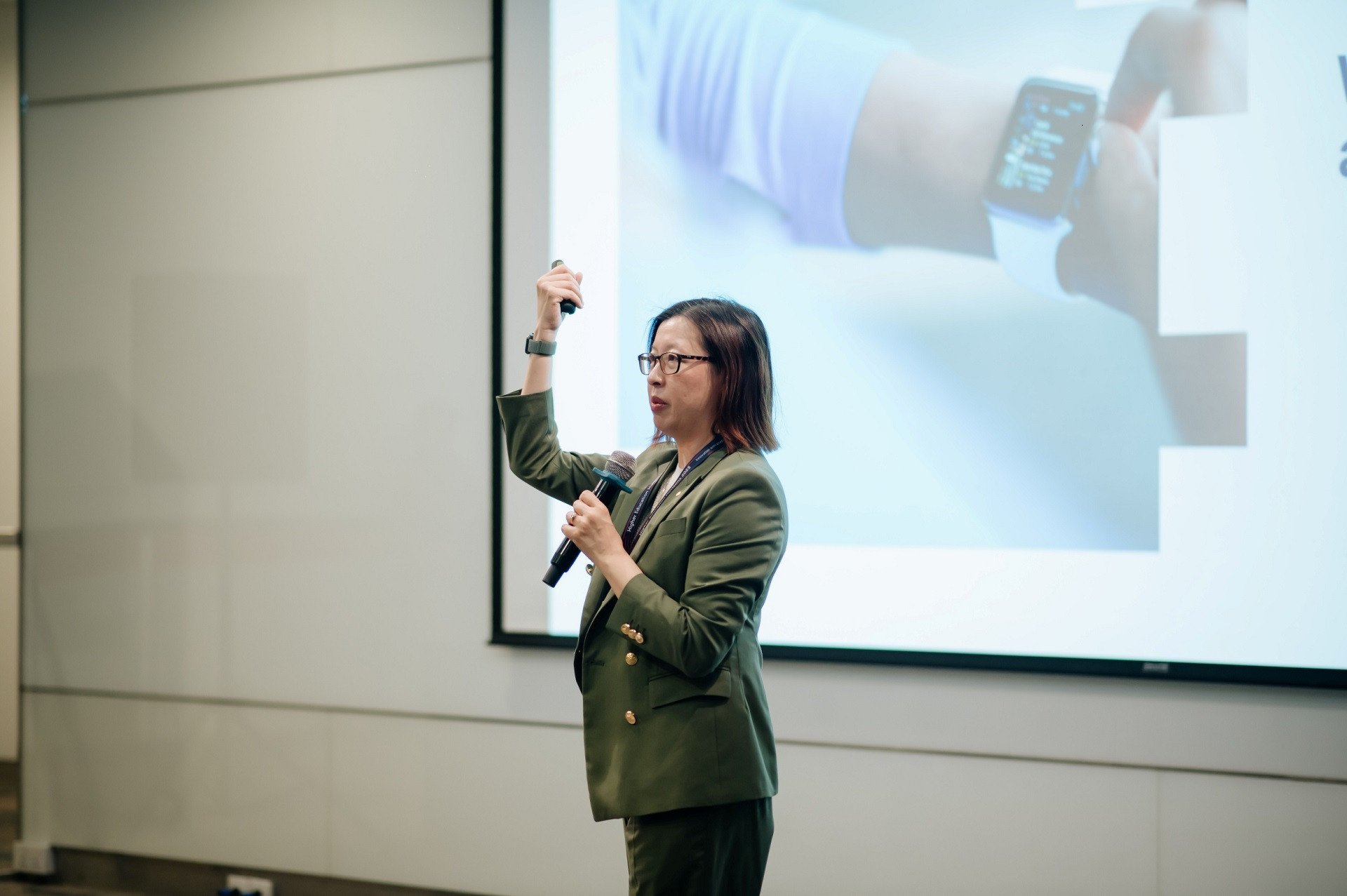
Her speech also addressed common concerns and misconceptions surrounding Gen AI, ranging from worries that AI-generated products would be seen as cheating to the phenomenon of "AI slop"—AI-generated garbage in assignments—as well as calls for a complete ban on the technology in education.
Associate Professor White proposed an integrated AI framework with clear objectives in education. This framework consists of three parts: transparency and trust, engagement with learning outcomes, and equity and accessibility. Transparency and trust require clear communication about when and how AI will be used. Engagement with learning outcomes ensures that AI tools will support skill development, not replace it. And the final part – equity and accessibility – highlights the importance of making AI a useful tool for all learners, including those with diverse learning needs.
She used a freshman accounting class at UTS as an example to demonstrate the application of this framework to teaching practice. With over 1,800 students, Associate Professor White redesigned a summary of her personal experience using the Gen AI tool, thereby helping students interact more deeply with the learning content and improve their outcomes, especially for students with different learning styles.
Collaborative learning and practical impact
The workshop also included eight thematic discussions organized by RMIT expert groups.
Among them, the discussion session " Exploring AI Horizons: Current and Future Trends" by the Future of Education research group introduced technologies other than ChatGPT, including inference models, deepfake detection tools, and virtual reality (VR) integration.
During the discussion session "Connecting Accessibility and Learning Design," Melanie Casul (Healthcare and Psychology) and Nguyen Ngoc Linh (Learning Design) shared the case of a visually impaired student at RMIT Vietnam. They pointed out that co-designed learning plans, combining human support and digital tools, can help bridge the gap created by the digital world .
Dr. Chu Thanh Tuan, Deputy Head of Department from the Faculty of Business, led a discussion on innovating the portfolio of business graduates. He introduced a semester-long collaborative model with businesses, including short internships and challenges to solve real-world business scenarios, offering a scalable approach to practical final projects.

The thematic discussion brought together representatives from academia and business, including Assoc. Prof. Amanda White, Assoc. Prof. Donna Cleveland (RMIT Vietnam), and Mr. Tuong Tran (HEX). The speakers' presentations emphasized the importance of lifelong learning, multimodal and blended learning models, and the need to collaboratively create a learning environment that accurately reflects real-world challenges.
The Higher Education Vision 2025 conference not only showcased new technologies but also called for action. The event affirmed that to bring about substantive change in education, collaboration, proven methods, and a commitment to inclusiveness and accessibility are essential.
Le Thanh
Source: https://vietnamnet.vn/hoi-thao-ve-tam-nhin-giao-duc-dai-hoc-2025-doi-moi-gan-voi-thuc-tien-2455415.html


![[Photo] Prime Minister Pham Minh Chinh receives the Governor of Tochigi Province (Japan)](/_next/image?url=https%3A%2F%2Fvphoto.vietnam.vn%2Fthumb%2F1200x675%2Fvietnam%2Fresource%2FIMAGE%2F2025%2F12%2F16%2F1765892133176_dsc-8082-6425-jpg.webp&w=3840&q=75)
![[Live] 2025 Community Action Awards Gala](/_next/image?url=https%3A%2F%2Fvphoto.vietnam.vn%2Fthumb%2F1200x675%2Fvietnam%2Fresource%2FIMAGE%2F2025%2F12%2F16%2F1765899631650_ndo_tr_z7334013144784-9f9fe10a6d63584c85aff40f2957c250-jpg.webp&w=3840&q=75)
![[Image] Leaked images ahead of the 2025 Community Action Awards gala.](/_next/image?url=https%3A%2F%2Fvphoto.vietnam.vn%2Fthumb%2F1200x675%2Fvietnam%2Fresource%2FIMAGE%2F2025%2F12%2F16%2F1765882828720_ndo_br_thiet-ke-chua-co-ten-45-png.webp&w=3840&q=75)

![[Photo] Prime Minister Pham Minh Chinh receives Lao Minister of Education and Sports Thongsalith Mangnormek](/_next/image?url=https%3A%2F%2Fvphoto.vietnam.vn%2Fthumb%2F1200x675%2Fvietnam%2Fresource%2FIMAGE%2F2025%2F12%2F16%2F1765876834721_dsc-7519-jpg.webp&w=3840&q=75)



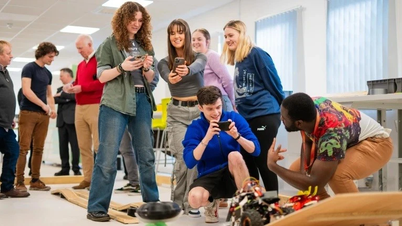

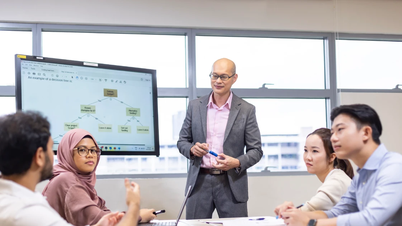
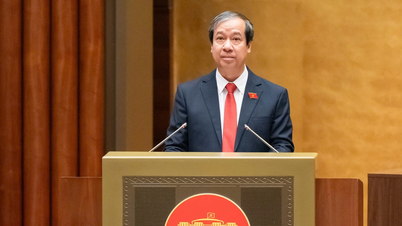
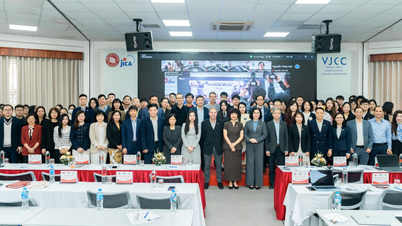

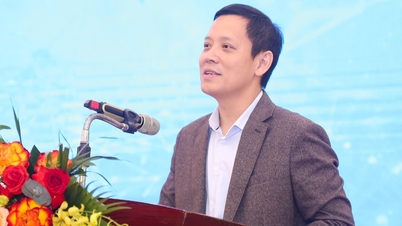



















































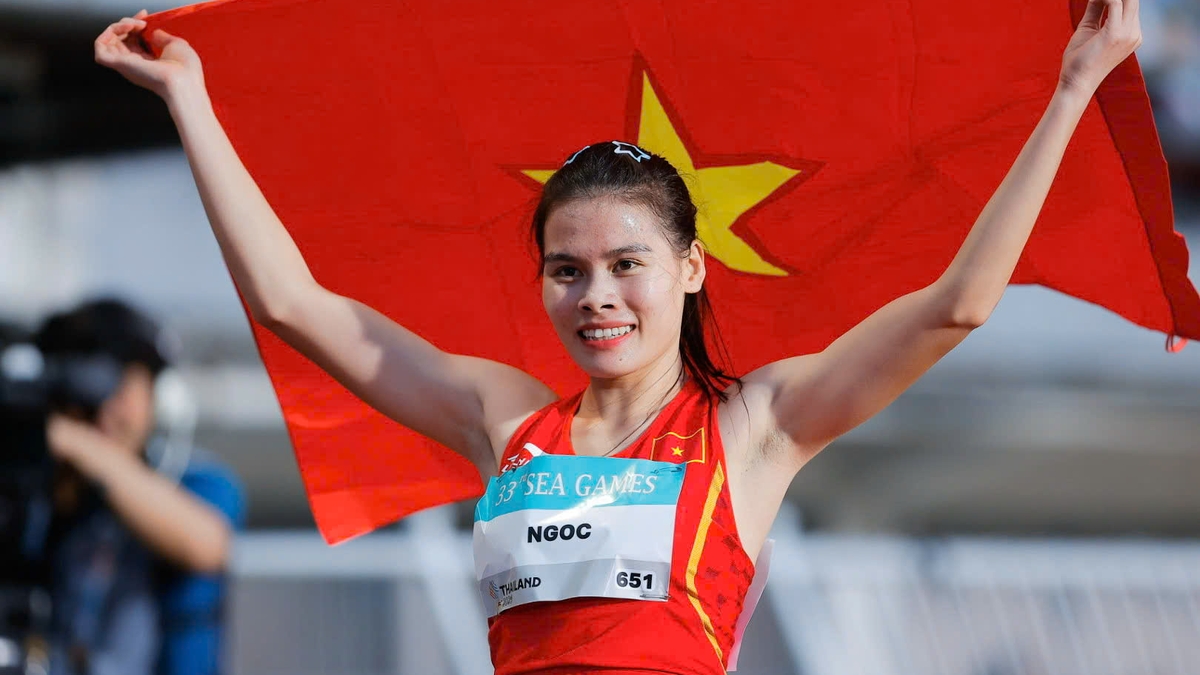













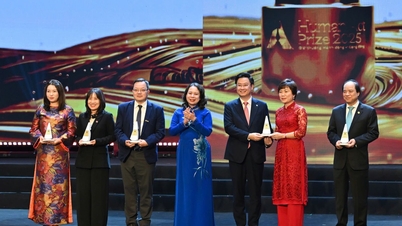



























Comment (0)